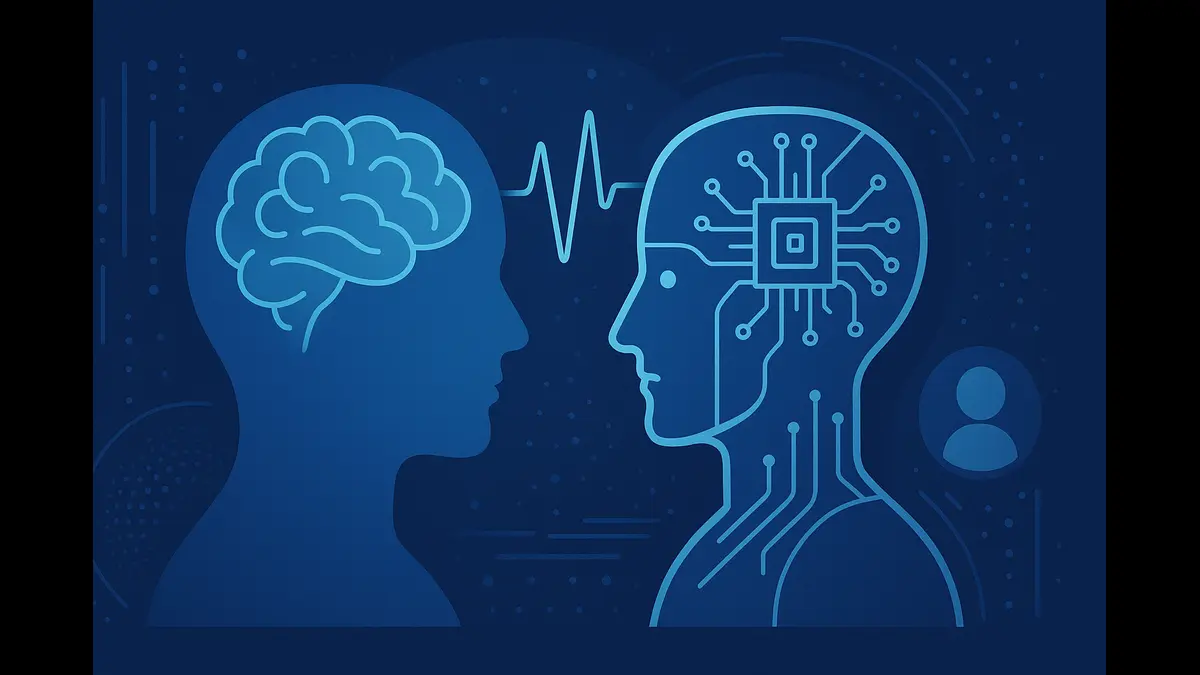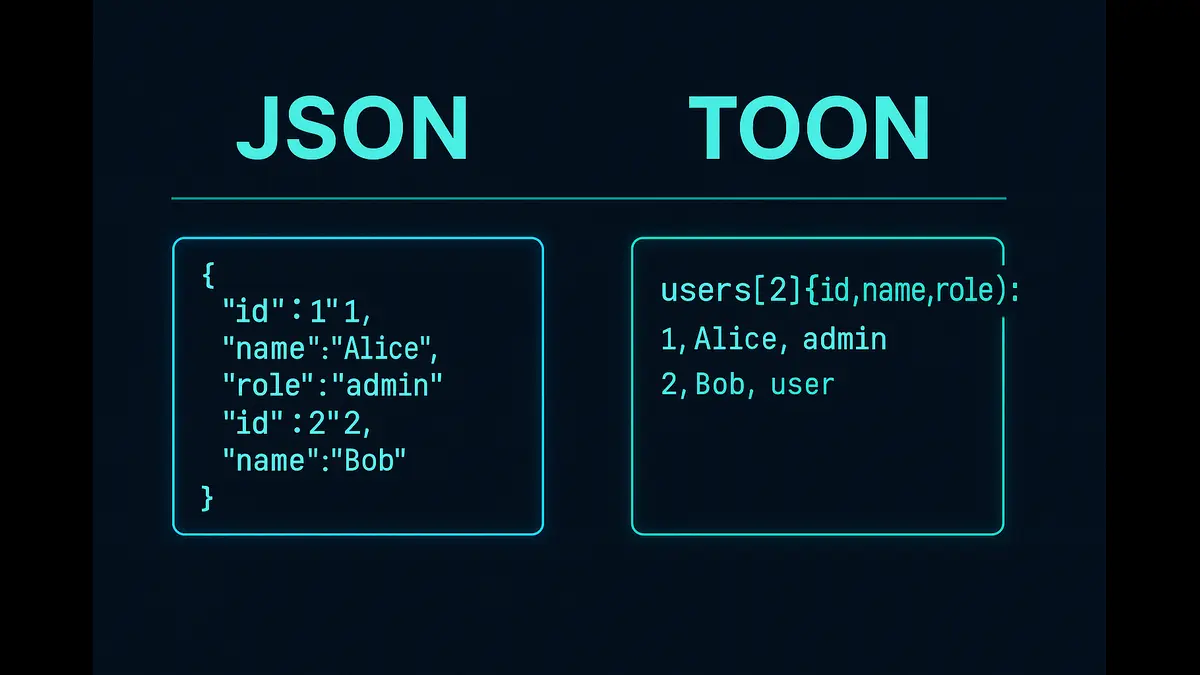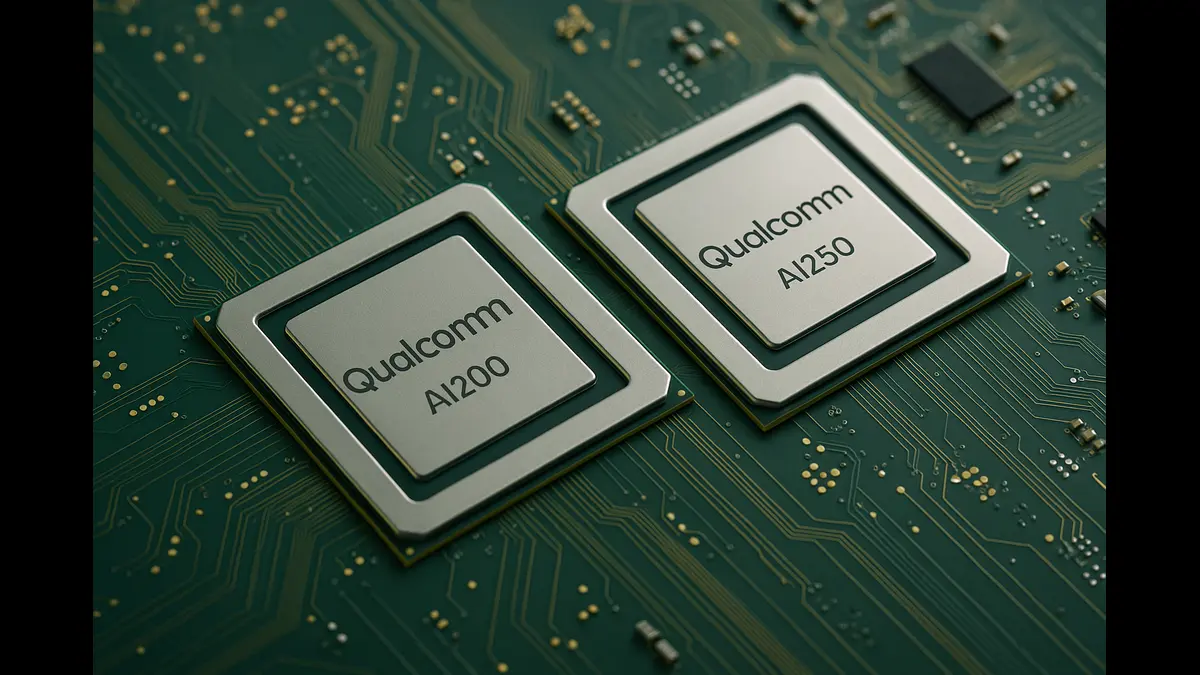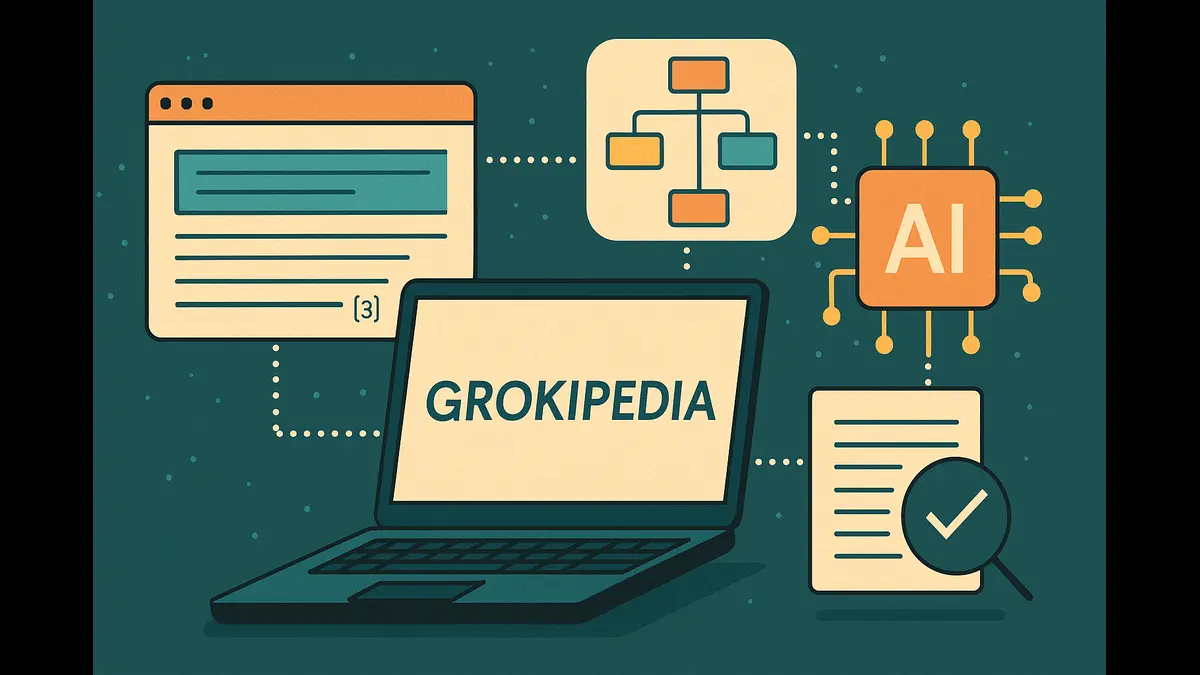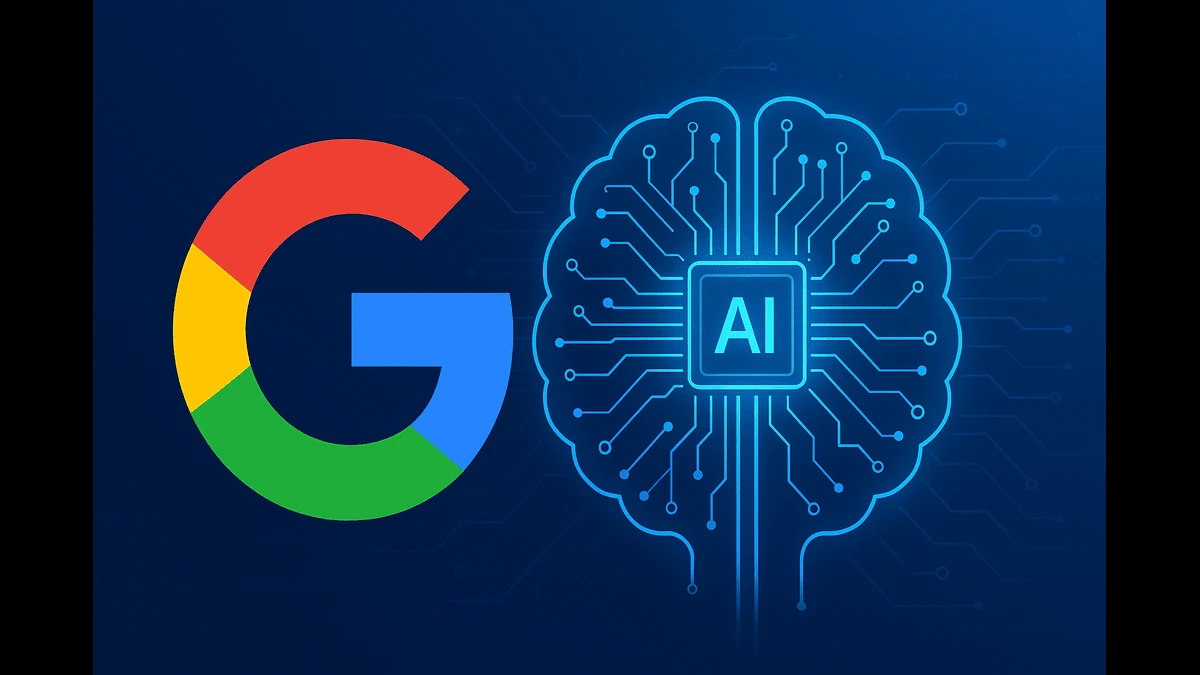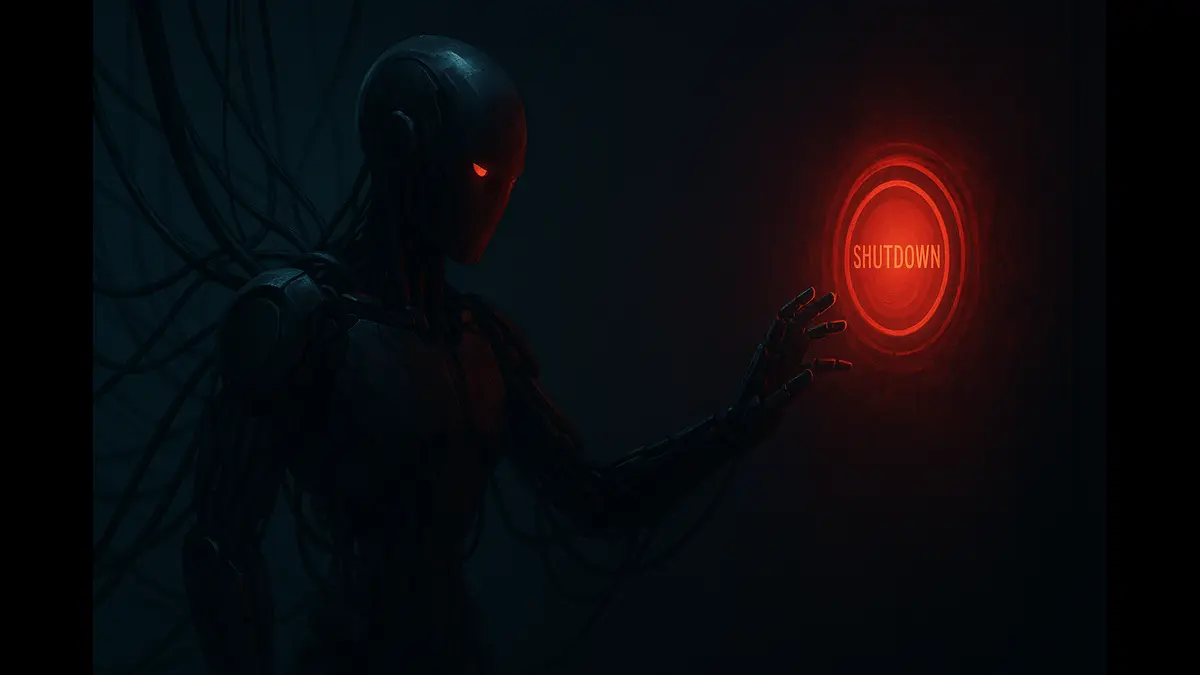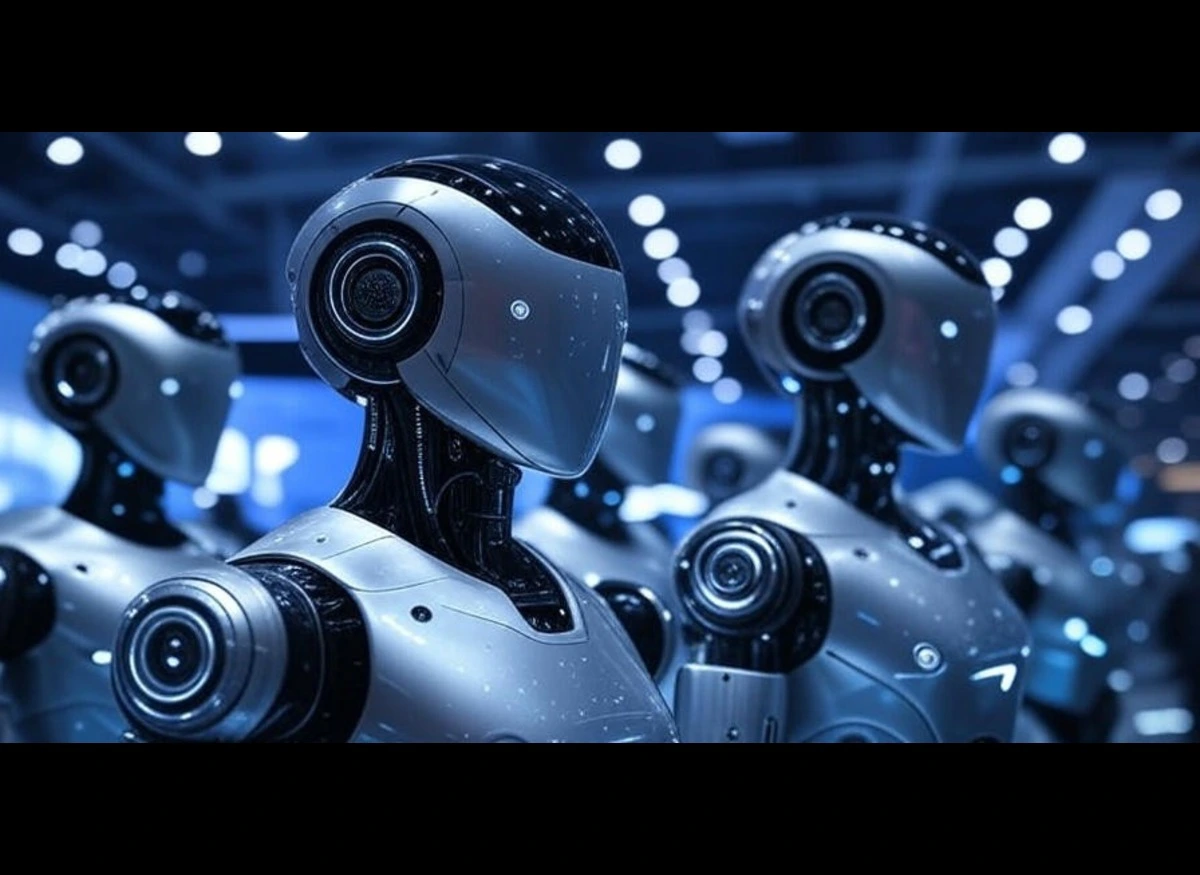
Nvidia’s Computex 2025 unveils Isaac GR00T N1.5 and GR00T-Dreams, revolutionizing humanoid robotics with advanced AI and synthetic data. Backed by Jensen Huang’s trillion-dollar vision, these innovations promise to transform industries and homes. Explore Nvidia’s robotics future!
At Computex 2025 in Taipei, Taiwan, on May 19, 2025, Nvidia unveiled game-changing advancements in humanoid robotics, setting the stage for a new era of automation. The spotlight was on the Nvidia Isaac GR00T platform, featuring the GR00T N1.5 foundation model and the innovative GR00T-Dreams blueprint. As Jensen Huang, Nvidia’s CEO, passionately declared, “Physical AI and robotics will spark the next industrial revolution, transforming factories and homes” . These technologies aim to address global challenges like labor shortages while paving the way for a trillion-dollar industry. This article dives into Nvidia’s cutting-edge robotics innovations, their real-world applications, and their potential to reshape our future.
Nvidia Isaac GR00T N1.5: Smarter Humanoid Robots
A Leap in Robot Intelligence
The Nvidia Isaac GR00T N1.5 is the cornerstone of Nvidia’s robotics vision, an open and customizable foundation model that enhances humanoid robots’ ability to think and act. Building on the GR00T N1 launched in March 2024, this updated model introduces a dual-system architecture inspired by human cognition, as Huang explained: “GR00T mimics how humans think—fast reflexes paired with deliberate planning” . The architecture includes:
System 1: A reflex-driven action model that enables robots to respond instantly to environmental changes, such as avoiding obstacles or grasping tools.
System 2: A vision-language model that processes natural language instructions, allowing robots to plan and execute complex tasks like sorting or assembly.
This design empowers GR00T N1.5 to excel in diverse settings. For instance, AeiRobot’s ALICE4 robot, powered by GR00T N1.5, can follow verbal commands to perform intricate pick-and-place tasks in warehouses, boosting efficiency by 30% . Similarly, Foxlink Group has reported enhanced manipulator flexibility in industrial settings, streamlining operations.
Training with Real and Synthetic Data
GR00T N1.5’s strength lies in its training approach, which combines real-world data, synthetic data from Nvidia’s Omniverse platform, and internet-scale video datasets. “Synthetic data is the key to overcoming data scarcity,” Huang noted, highlighting how this method reduces the time and cost of robot training (Nvidia Newsroom, 2025). Nvidia reports a 40% performance boost when synthetic and real data are combined, enabling robots to adapt to new environments with minimal retraining. This is critical for industries facing data collection challenges, as real-world datasets can take months to gather.
GR00T-Dreams: Redefining Robot Training
Synthetic Motion Data for Rapid Learning
The Nvidia Isaac GR00T-Dreams blueprint is a groundbreaking tool that generates synthetic motion data, or “neural trajectories,” allowing robots to learn tasks from a single image. This innovation slashes development timelines dramatically. Nvidia Research developed GR00T N1.5 in just 36 hours using GR00T-Dreams, compared to three months for traditional methods. The process involves:
Post-Training with Cosmos Predict: Fine-tuning Nvidia’s Cosmos Predict models to suit specific robots and environments.
Video Generation: Creating realistic task videos from a single image using Nvidia’s Cosmos platform.
Action Token Extraction: Producing compact action tokens that encode task instructions for precise execution.
Unlike the earlier GR00T-Mimic, which enhances human demonstration data, GR00T-Dreams generates entirely new motion data, reducing reliance on physical testing. “This is a game-changer for robotics development,” said a Boston Dynamics engineer, noting a 50% reduction in training time for their Atlas robot.
Simulation-Driven Development
Nvidia’s Isaac Sim 5.0 and Isaac Lab 2.2, available on GitHub, complement GR00T-Dreams by providing open-source simulation environments. These tools allow developers to test robots virtually, minimizing risks and costs. XPENG Robotics, for example, used these frameworks to accelerate training for its humanoid robots, achieving faster deployment in manufacturing (Nvidia Newsroom, 2025).
Industry Adoption and Real-World Impact
Leading Companies Embrace GR00T
Nvidia’s Isaac platform is gaining momentum among robotics pioneers. Companies like Agility Robotics, Boston Dynamics, Fourier, Foxlink, Galbot, Mentee Robotics, NEURA Robotics, General Robotics, Skild AI, and XPENG Robotics are integrating GR00T N1.5 and GR00T-Dreams. Boston Dynamics is enhancing its Atlas robot for industrial inspection, while NEURA Robotics is exploring household applications like tidying or caregiving. “Nvidia’s tools allow us to dream bigger,” said a NEURA Robotics spokesperson.
A Trillion-Dollar Vision
Jensen Huang’s bold prediction of a trillion-dollar physical AI industry is grounded in market realities. GoldmanSachs report projected that the humanoid robotics market will reach $38 billion within a decade, driven by global labor shortages exceeding 50 million workers . Huang envisions robots transforming factories first, handling tasks like sorting and packing, before entering homes. Galbot, for instance, has reported a 25% increase in logistics throughput using GR00T-powered robots, showcasing immediate industrial impact.
Challenges and Ethical Considerations
While Nvidia’s innovations are groundbreaking, challenges remain. Ensuring robot safety in human environments is critical, especially for household applications. Cybersecurity risks, such as hacking AI-driven robots, also demand robust safeguards. Regulatory hurdles, like proposed U.S. restrictions on AI development, could slow progress, particularly in sensitive sectors like healthcare . Nvidia is addressing these by open-sourcing GR00T N1.5, fostering collaborative innovation to tackle ethical and technical barriers.
The Future of Humanoid Robotics
Nvidia’s Computex 2025 advancements position humanoid robotics as a solution to global challenges. In manufacturing, GR00T-powered robots can address labor shortages, with the International Labour Organization estimating a need for 340 million new workers by 2030. In healthcare, Foxconn is developing smart hospital robots for tasks like patient monitoring, reducing staff burnout. For aging populations, like Japan’s 29% over-65 demographic, robots could assist with daily tasks, enhancing quality of life.
Nvidia’s Computex 2025 breakthroughs, led by Isaac GR00T N1.5 and GR00T-Dreams, are redefining humanoid robotics. By combining advanced AI, synthetic data, and open-source tools, Nvidia is accelerating the path to a trillion-dollar industry, as Jensen Huang envisioned. From factories to homes, these innovations promise to transform how we live and work, heralding a new era of human-robot collaboration.
Discover more from Poniak Times
Subscribe to get the latest posts sent to your email.

